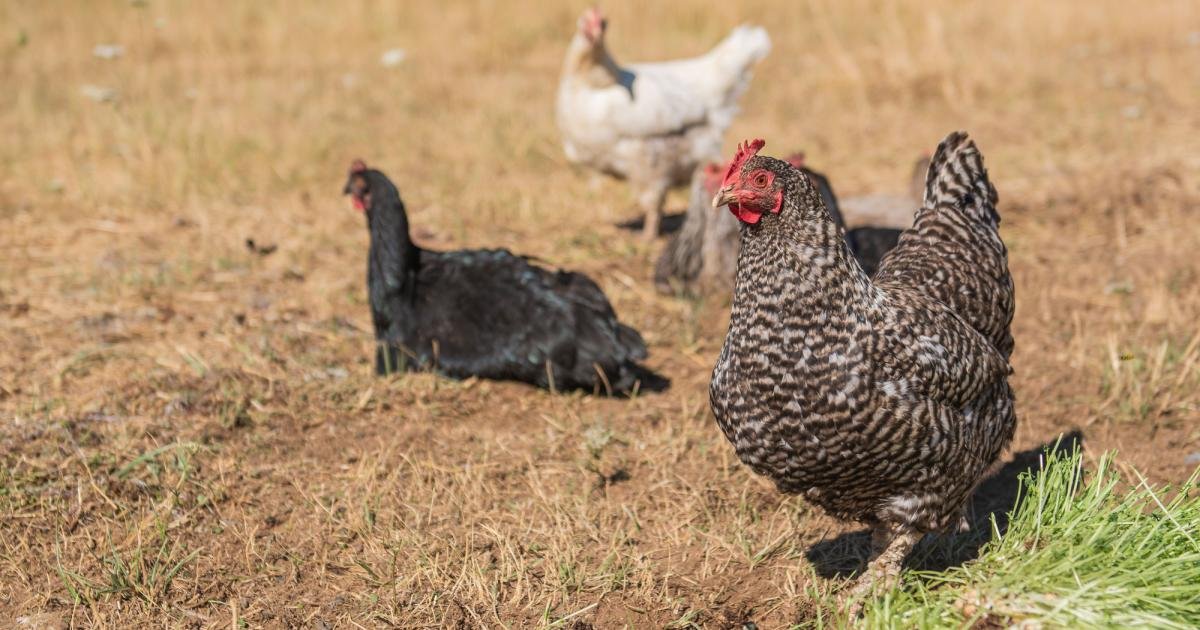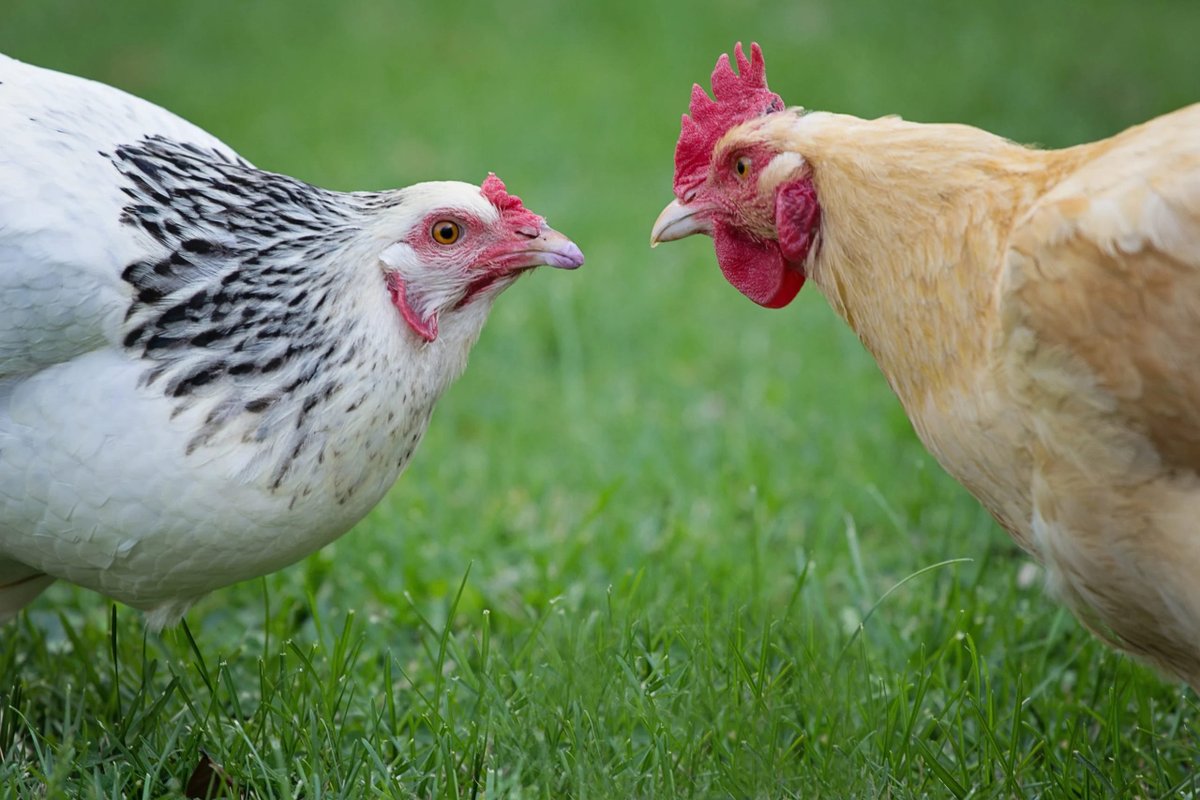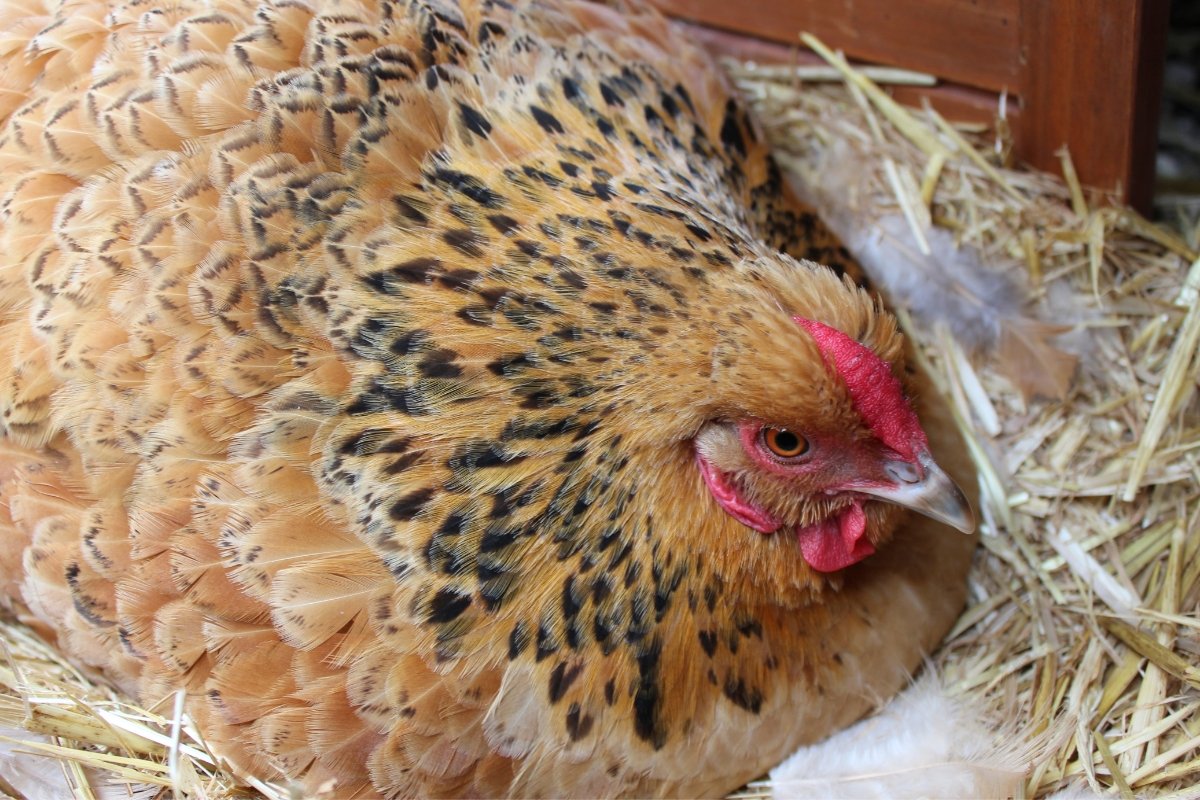It’s the million-dollar question for aspiring chicken keepers: will having a backyard flock actually save me money on eggs? For those just starting out, understanding whether a rooster is needed for eggs is another key consideration. I’ve been raising chickens for over ten years, and I’ve seen this debate play out time and time again, with no clear winner. So, I decided to track every single expense for my flock of six hens for a full year to find the real answer. The conclusion isn’t a simple “yes” or “no”—it depends entirely on what you value.
Here’s the spoiler alert: if you’re comparing your flock to the $2 carton of basic eggs at Walmart, the answer is almost always no. But if you’re comparing it to the $8 carton of organic, pasture-raised eggs, the numbers get surprisingly close. This guide will break down the real costs, the hidden benefits, and the true value of a backyard flock.
The Hard Numbers: Breaking Down the Cost to Raise Chickens
Let’s start by building our spreadsheet. To figure out the real cost per dozen, we need to consider both the upfront investment and the ongoing expenses.
Part 1: The Upfront Investment
These are the one-time costs to get your flock started.
Chickens: The cost of your birds will vary greatly depending on where you buy them (for example, consult our Stromberg Chickens buying guide) and if you want chicks, pullets (young hensTotal Upfront Investment: Approximately $650 for a flock of four chickens and a sturdy coop.
Part 2: The Ongoing Expenses
This is where the recurring costs add up. We’ll look at the first-year expenses, but it’s important to remember that these costs will be much lower in subsequent years since you’ve already made the initial investment in your coop and equipment.
- Feed: This will be your biggest ongoing expense. A single chicken will eat about 1.5-2 pounds of feed per week. For a small flock of six hens, a 50-pound bag of high-quality layer feed (around $25) will last approximately a month.
- Bedding: You will need to refresh the bedding in the coop regularly. A large bag of pine shavings costs about $8 and will last a couple of months.
- Treats and Supplements: To keep your hens happy and healthy, you can provide them with oyster shell for strong eggshells and a bit of scratch grains as a treat. A bag of each will cost about $20 and last for months.
For a small flock, you’re looking at a recurring monthly budget of $40-$50 per month. This translates to an annual cost of around $480-$600 for ongoing supplies.
Total First-Year Expenses: Upfront Investment ($650) + Ongoing Expenses ($540) = $1,190
The ‘Profit’ Side: Calculating Your ‘Eggonomics’
Now, let’s figure out how many eggs you’ll get for your investment. The average laying hen produces about 200-250 eggs per year. A healthy, young hen will lay an egg almost every day, but this production slows down in the winter and as the hen ages.
To get an accurate cost per dozen, we need to amortize, or spread out, the initial setup cost over the lifespan of the flock.
So, how many eggs will 4 chickens lay in a week? You can expect about 16-20 eggs. Over a full year, a flock of four hens will produce about 800 eggs, or about 66 dozen.
Now for the math: $1,190 (Total First-Year Cost) / 66 Dozen = $18.03 per dozen
That number looks high, but remember that includes the one-time investment. In the second year, your costs drop dramatically. Let’s assume you’ve already paid for the coop and other equipment.
$540 (Ongoing Expenses) / 66 Dozen = $8.18 per dozen
After a few years, as your flock ages and their egg production slows, the cost will inch up slightly, but you can see that the average cost of your eggs will be around $8.18 per dozen when you factor in the first-year costs.
The Hidden Benefits (The Upsides)
So, if the cost per dozen is close to what you’d find at the store, why do people do it? Because you’re not just getting eggs; you’re getting so much more.
- Egg Quality: Backyard eggs are, without a doubt, a superior product. They are fresher, often tastier, and have vibrant orange yolks. They still have the natural protective coating on them called the bloom. Are backyard eggs healthier? Studies suggest that pasture-raised eggs (like the kind your backyard hens produce) can contain more Omega-3s, Vitamin D, and Vitamin E.
- Food Security: There is immense value in knowing exactly where your food comes from. During supply chain disruptions or shortages, you can be certain that you’ll have a consistent supply of eggs.
- Pest Control: Chickens are natural foragers and will happily eat slugs, snails, and other pests from your garden.
- Waste Management: Your hens will happily gobble up most kitchen scraps, turning your food waste into nutrient-dense eggs.
- Compost: Chicken manure is a fantastic fertilizer for your garden, often called ‘black gold’. Their waste, when composted properly, will supercharge your soil.
- Entertainment: Let’s be honest, chickens are just fun to watch. Each bird has a unique personality, and they provide endless hours of entertainment.
The Hidden Costs (The Downsides)
This isn’t to say it’s all sunshine and eggs. There are a few downsides to consider.
- Time: Raising chickens is not a “set it and forget it” project. You will spend time every day feeding, watering, and collecting eggs. Every week you’ll need to clean the coop.
- Vet Bills & Loss: Losing a chicken to a predator or illness is a painful part of the process. If a bird gets sick, a trip to the vet can be expensive.
- Smell: While a well-maintained coop doesn’t stink, a neglected one certainly will. You will deal with poop, dirt, and potentially even parasites or illnesses.
The Final Showdown: Backyard Eggs vs. Store-Bought
| Category | Backyard Eggs | Store-Bought Eggs |
|---|---|---|
| Cost (Per Dozen) | ~$8.18 (after 1st year) | $2.00 – $8.00+ |
| Freshness | Days old | Weeks old |
| Nutritional Quality | High (pasture-raised) | Varies, but often lower |
| Transparency | You know exactly where they came from | Varies by brand |
| Effort | High | Low |
| Bonus Benefits | Pest control, compost, entertainment | None |
Conclusion: So, What’s the Real Verdict?
So, is raising backyard chickens cheaper than buying eggs? If you’re only looking at the dollars and cents against the cheapest carton at the store, the answer is a clear no. Our calculation shows a realistic first-year cost of around $18 per dozen, a figure that can be influenced by many factors, including your approach to selecting breeds and managing for quiet backyard chickens.
But that’s the wrong question.
The right question is: “Is it cheaper to produce your own premium, pasture-raised quality eggs?” When you compare your $8.18 dozen to the $8.00+ carton of equivalent quality at the store—eggs that are still weeks older than yours—the answer becomes a resounding yes.
Ultimately, the decision comes down to your goals. If you want to save money on a tight budget, stick to the grocery store. But if you want to invest in a rewarding hobby that provides the freshest, healthiest, and most delicious eggs possible, then raising your own chickens is an investment that pays you back every single day.
Ready to Start? Your Next Step is Choosing a Breed
Now that you have a realistic understanding of the costs and benefits, the next exciting step is choosing the right birds for your flock. The breed you choose will have a big impact on your experience. To help you decide, we’ve created a complete guide to the friendliest and most reliable breeds for first-time owners.
Read Next: What’s the Easiest Chicken Breed for Beginners? (My Top 5 Picks)

Oladepo Babatunde is the founder of ChickenStarter.com. He is a backyard chicken keeper and educator who specializes in helping beginners raise healthy flocks, particularly in warm climates. His expertise comes from years of hands-on experience building coops, treating common chicken ailments, and solving flock management issues. His own happy hens are a testament to his methods, laying 25-30 eggs weekly.



